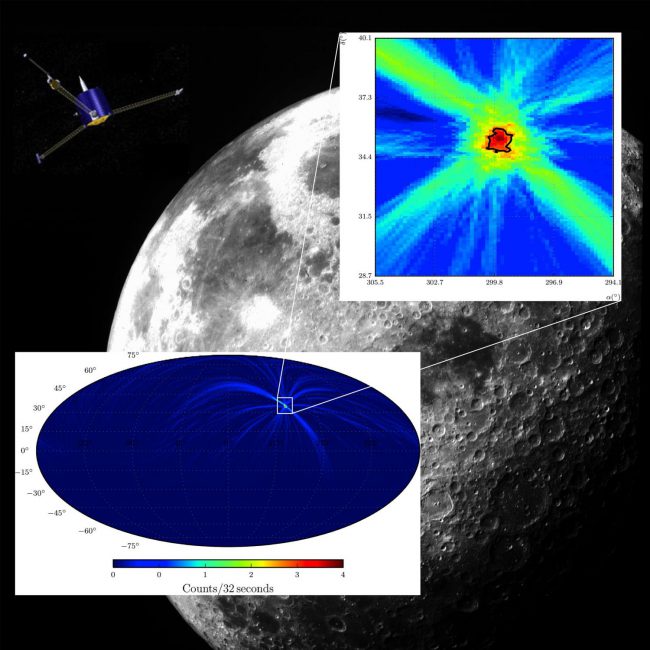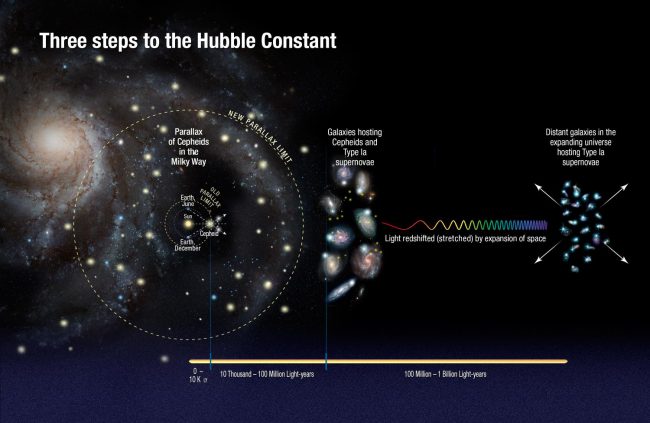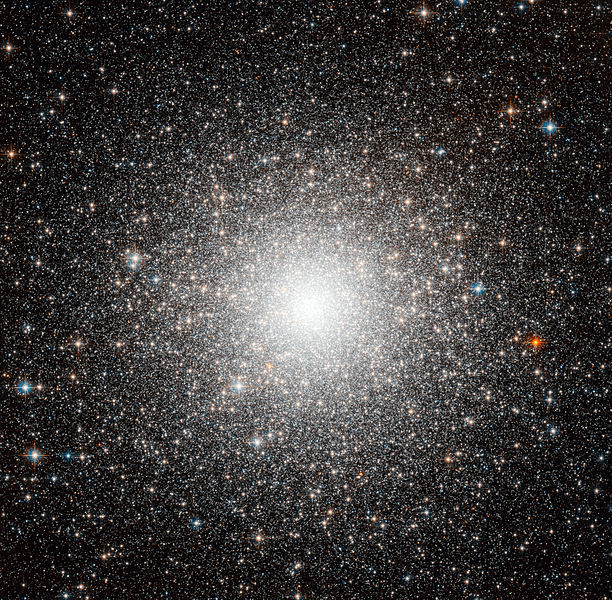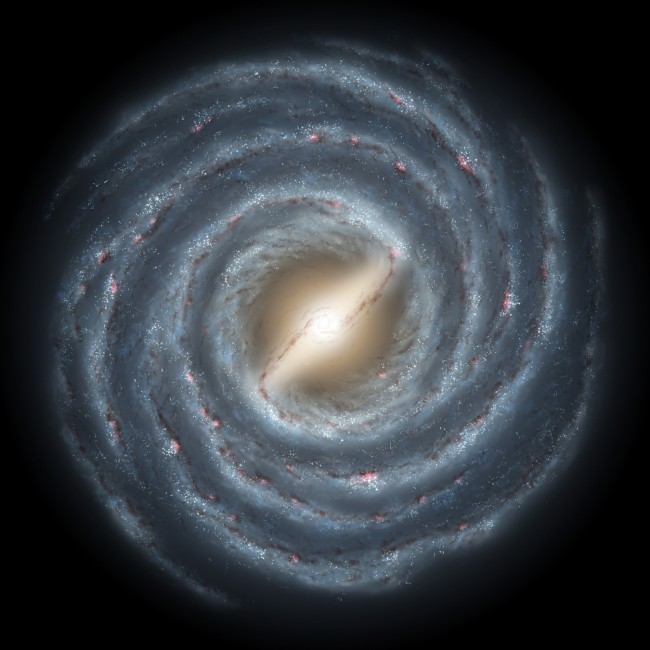Moon plays lead role in new astronomical technique
Lunar occultation sky maps of Cygnus X-1 obtained using the Lunar Prospector Gamma-Ray Spectrometer. The features correspond to the location of the Moon’s horizon, projected onto the celestial sphere (equatorial coordinates), during intervals when Cygnus X-1 rose and set relative to the spacecraft. Also shown is an illustration of the Lunar Prospector spacecraft. Credit: Richard …
Moon plays lead role in new astronomical technique Read More »




